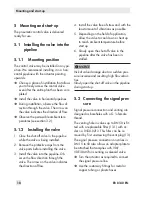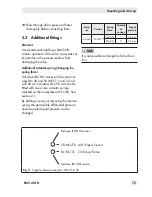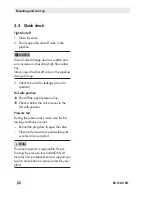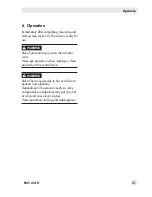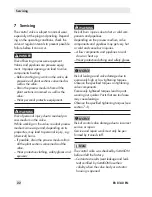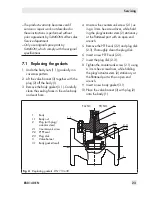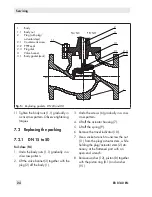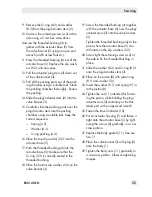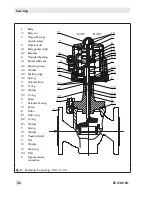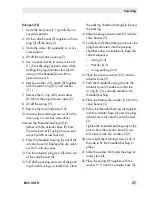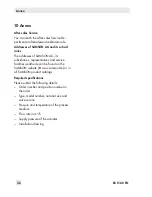
22
EB 8140 EN
Servicing
7 Servicing
The control valve is subject to normal wear,
especially at the plug and packing. Depend-
ing on the operating conditions, check the
valve at regular intervals to prevent possible
failure before it can occur.
Risk of bursting in pressure equipment.
Valves and pipelines are pressure equip
-
ment. Improper opening can lead to valve
components bursting.
−
Before starting any work on the valve, de
-
pressurize all plant sections concerned as
well as the valve.
−
Drain the process medium from all the
plant sections concerned as well as the
valve.
−
Wear personal protective equipment.
Risk of personal injury due to residual pro
-
cess medium in the valve.
While working on the valve, residual process
medium can escape and, depending on its
properties, may lead to personal injury, e.g.
(chemical) burns.
−
If possible, drain the process medium from
all the plant sections concerned and the
valve.
−
Wear protective clothing, safety gloves and
eyewear.
Risk of burn injuries due to hot or cold com
-
ponents and pipelines.
Depending on the process medium, valve
components and pipelines may get very hot
or cold and cause burn injuries.
−
Allow components and pipelines to cool
down or heat up.
−
Wear protective clothing and safety gloves.
Risk of leakage and valve damage due to
excessively high or low tightening torques.
Observe the specified torques on tightening
valve components.
Excessively tightened torques lead to parts
wearing out quicker. Parts that are too loose
may cause leakage.
Observe the specified tightening torques (see
section 7.3).
Risk of control valve damage due to incorrect
service or repair.
Service and repair work must only be per
-
formed by trained staff.
The control valve was checked by SAMSON
before it left the factory.
−
Certain test results (seat leakage and leak
test) certified by SAMSON lose their
validity when the valve body or actuator
housing is opened.
DANGER
!
WARNING
!
WARNING
!
NOTICE
!
NOTICE
!
Note











